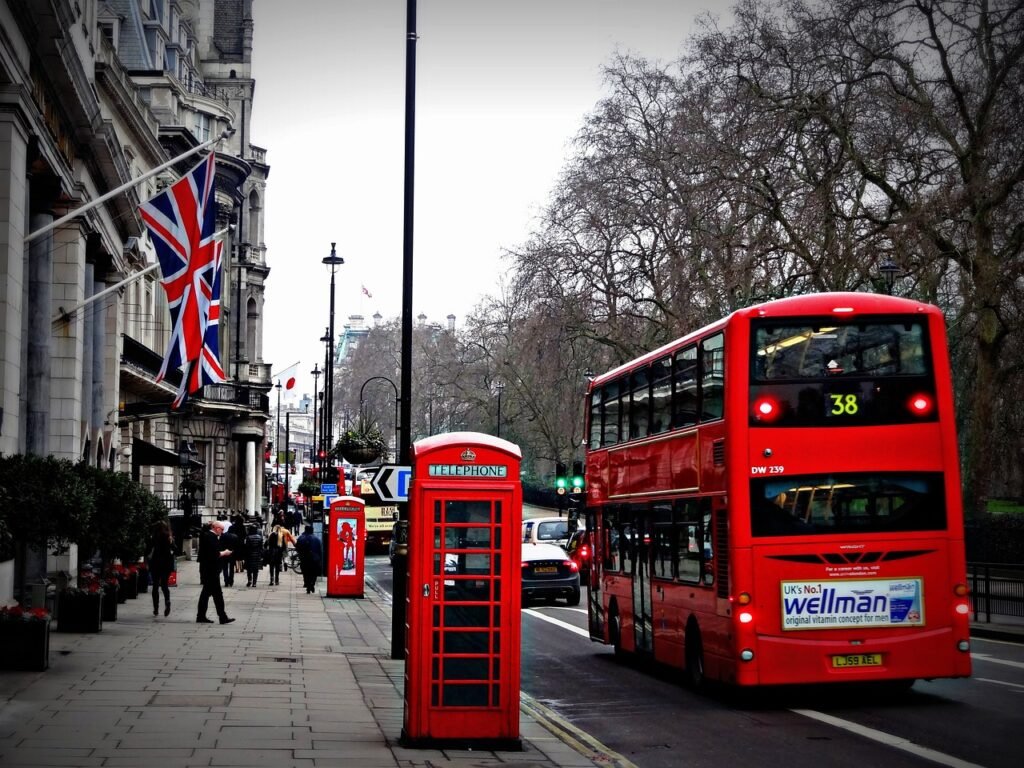A Brief History of London

London’s history is a tapestry woven over centuries, beginning with its establishment as the Roman settlement of Londinium around 43 AD. The original inhabitants and the Roman infrastructure laid the foundation for the city’s future growth. Londinium flourished as a commercial hub, attracting traders and settlers, thanks to its strategic position along the River Thames. Following the decline of Roman rule in the early 5th century, the city experienced a period of transformation, influenced by various invading tribes, including the Saxons and later the Normans, who left an indelible mark on its character.
By the medieval period, London had developed into a bustling metropolis, establishing itself as the political and economic center of England. Iconic structures such as the Tower of London and Westminster Abbey began to emerge, symbolizing the city’s growing significance. The aftermath of significant events, such as the Black Death in the 14th century, saw shifts in population and society, yet the city remained resilient and continued to expand.
A pivotal moment in London’s history occurred during the Great Fire of 1666, which devastated much of the city. This catastrophic event prompted extensive rebuilding efforts, resulting in a revitalized urban landscape defined by innovative architecture and urban planning. The 18th and 19th centuries heralded the Industrial Revolution, which brought unprecedented growth and transformed London into a leading global city renowned for its commerce and industry.
As the 20th century unfolded, London faced the ravages of both World Wars, but emerged stronger, embodying resilience and renewal. The city has since continued to evolve, embracing its diverse cultural heritage while remaining a vibrant epicenter of finance, arts, and education. Throughout its dynamic history, London’s ability to adapt and innovate has solidified its status as one of the world’s most compelling and influential cities.
Cultural Landmarks and Attractions
London, the capital of the United Kingdom, is a city rich in history and culture, boasting a myriad of iconic landmarks and attractions. One of the most significant sites is the Tower of London, which has stood for over 1,000 years. Initially built as a royal palace and fortress, it is now a UNESCO World Heritage Site, renowned for housing the Crown Jewels. Visitors can explore its storied history through guided tours led by the Yeoman Warders, also known as Beefeaters, who offer captivating tales of intrigue and imprisonment.
Another architectural marvel is Buckingham Palace, the official residence of the British monarch. The palace is famous for the Changing of the Guard ceremony, which is a must-see for many visitors. Its opulent state rooms are open to the public during the summer months, providing an opportunity to glimpse the grandeur of royal life. This landmark not only holds historical significance but also serves as a focal point for national celebrations and royal events.
The British Museum represents an unparalleled collection of world history and culture, housing millions of artifacts, including the Rosetta Stone and the Elgin Marbles. Admission is free, making it an accessible destination for all. The museum offers visitors insights into various civilizations through its extensive exhibitions and educational programs.
Another must-visit is the London Eye, a giant Ferris wheel perched on the South Bank of the River Thames. With its stunning views of the city skyline, it has become an iconic feature of London’s landscape. The best time to experience the London Eye is at sunset, when the city is bathed in warm hues.
Beyond these prominent sites, London is peppered with lesser-known attractions that reflect its diverse culture. Places like the Sky Garden and the Leighton House Museum offer unique perspectives into the city’s artistic heritage. Exploring these sites can lead to a rewarding and enriching experience, highlighting London’s vibrant cultural tapestry.
London’s Diverse Neighborhoods
London is a tapestry of diverse neighborhoods, each infused with its own unique character and charm. Covent Garden, known for its historic streets and vibrant atmosphere, serves as a cultural hub with street performances, shops, and eateries. This area attracts visitors seeking to experience art and entertainment, often highlighted by the Royal Opera House, where one can indulge in world-class performances. Dining options range from casual cafés to upscale restaurants, suiting various tastes and budgets.
Another iconic area is Camden, famed for its eclectic markets and alternative culture. The lively Camden Market showcases an array of goods, from vintage clothing to handmade crafts. The neighborhood pulsates with a youthful energy, making it an ideal spot for those looking to explore unique shopping experiences. Food stalls offer a world of flavors, from traditional British fare to international cuisines. The renowned Roundhouse music venue further cements Camden’s reputation as a center for live music enthusiasts.
Notting Hill presents a contrasting vibe, characterized by its pastel-colored houses and charming streets. This picturesque neighborhood is perhaps most famous for the Notting Hill Carnival, which celebrates Caribbean culture with vibrant parades and music. Visitors can enjoy leisurely strolls through Portobello Road Market, where antiques, fashion, and fresh produce abound. The neighborhood’s cafes and independent boutiques create a quaint atmosphere, perfect for those seeking a relaxed afternoon.
On the more upscale side, Kensington boasts luxurious shops and cultural landmarks such as the Natural History Museum and Kensington Palace. This area appeals to those desiring a touch of elegance, with high-end boutiques lining the streets and stylish restaurants offering gourmet dining experiences. Each of these neighborhoods contributes to the rich diversity of London, making the capital an ever-evolving city brimmed with opportunities for exploration, leisure, and connection.
The Modern City: Lifestyle and Economy
London, a vibrant metropolis and the capital of the United Kingdom, is recognized globally as a leading financial hub. The strength of its economy is largely attributed to a diverse range of sectors, including finance, technology, and creative industries. The City of London and Canary Wharf host numerous multinational corporations, investment firms, and stock exchanges, making it an attractive location for both local and international businesses. This economic dynamism is further enhanced by the presence of prestigious educational institutions that foster innovation and entrepreneurship, contributing to the overall prosperity of the capital.
Moreover, London’s arts scene is one of the most compelling aspects of its culture. The city is home to world-renowned museums, galleries, and theaters, offering residents and visitors alike a rich tapestry of artistic experiences. Iconic venues such as the National Gallery and the Royal Opera House showcase a wide array of performances and exhibitions that reflect the city’s diverse heritage. The ongoing celebration of cultural events, festivals, and art fairs highlights London’s role as a melting pot of global influences.
Additionally, culinary diversity is another hallmark of modern London. The city presents an extensive array of food options that reflect its multicultural population. From traditional British fare to international cuisines, London’s food landscape caters to various tastes and preferences, contributing to a rich gastronomic scene. The emergence of food markets and sustainable dining establishments also sheds light on the community’s growing awareness of health and environmental issues.
However, living in such a bustling metropolis comes with challenges, including the high cost of living and housing shortages. To counter these issues, local authorities have initiated sustainability initiatives aimed at improving green spaces and public transportation. The integration of technology plays a significant role in addressing urban challenges, fostering smart city solutions that enhance the quality of life for residents. Overall, modern London epitomizes a unique blend of opportunity and vibrancy, offering an enriching lifestyle while navigating the complexities of contemporary urban living.
